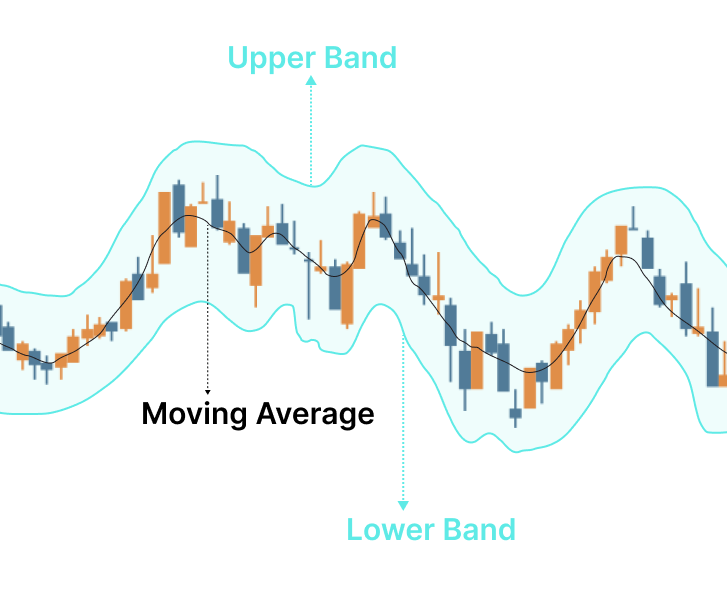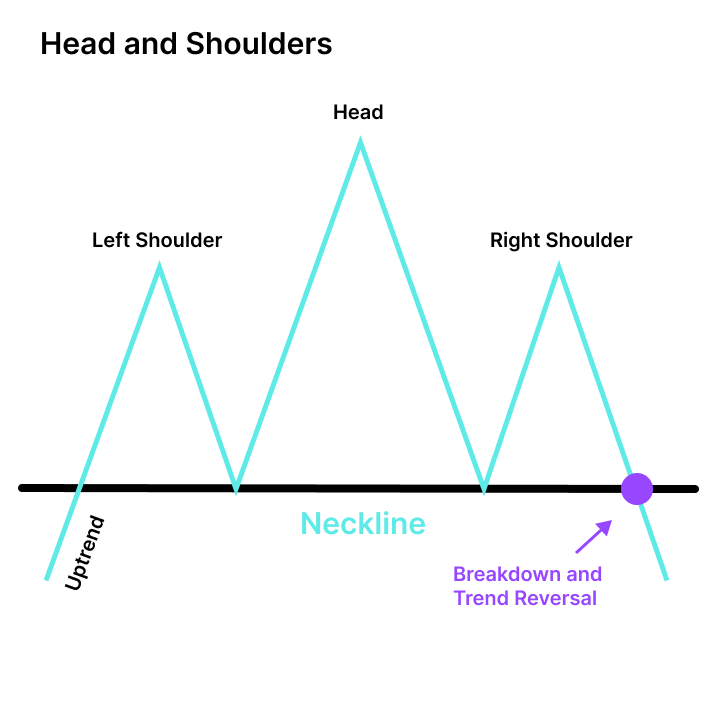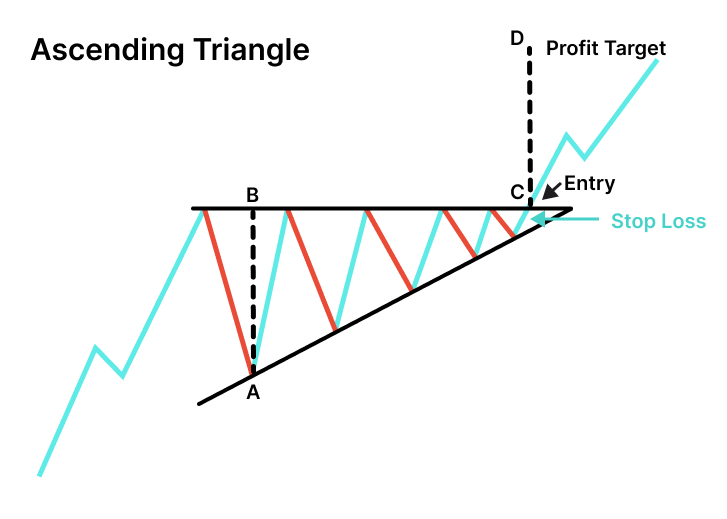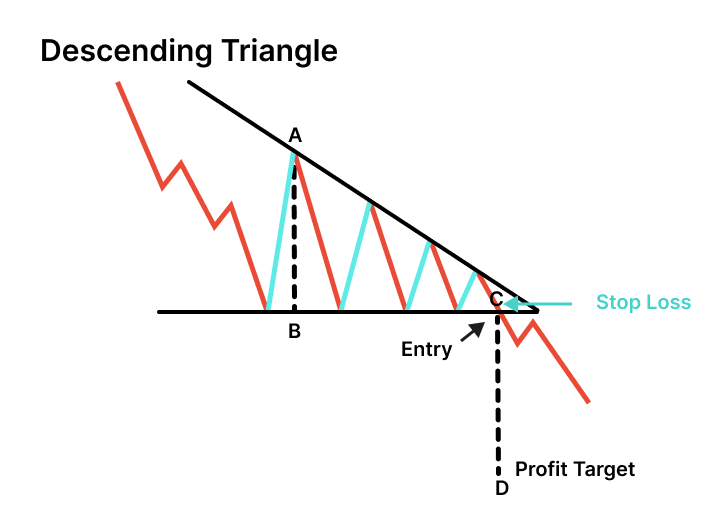What is Reg T
Regulation T, often referred to as "Reg T," is a set of rules established by the U.S. Federal Reserve Board under the Securities Exchange Act of 1934. It governs the extension of credit by broker-dealers to customers to purchase securities. The key provision of Reg T relates to the initial margin requirement, which is the amount of cash or eligible securities that must be deposited by an investor when purchasing securities on margin.
Under Reg T, the initial margin requirement is generally set at 50% of the total value of the securities being purchased on margin. This means that investors are required to put up at least 50% of the purchase price in cash or eligible securities, and the broker can lend the remaining 50%. This regulation aims to establish a minimum level of equity that investors must contribute to their investments, providing a buffer against potential losses and ensuring a reasonable level of financial responsibility.
Reg T also outlines maintenance margin requirements, specifying the minimum level of equity that must be maintained in a margin account. If the account falls below this level due to market fluctuations, the investor may be required to deposit additional funds or securities to bring the account back to compliance.
Overall, Regulation T plays a crucial role in regulating the use of margin in securities transactions, promoting market stability, and protecting investors from excessive leverage. It sets standards for the amount of cash or eligible securities that investors must contribute to their investments, helping to mitigate risks associated with trading on margin.



